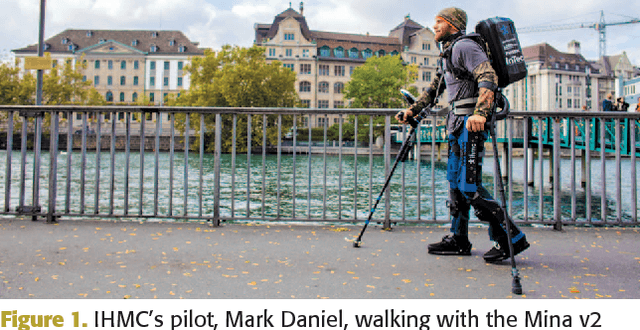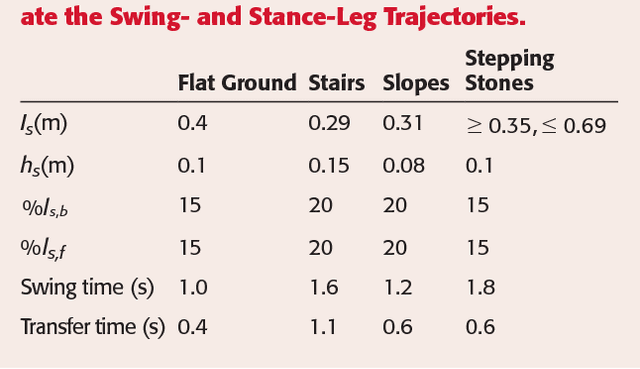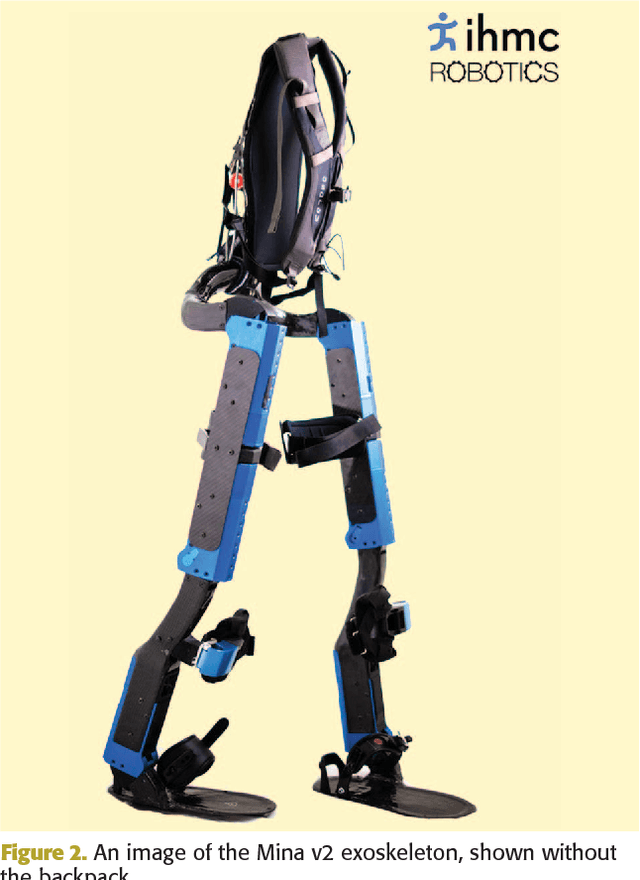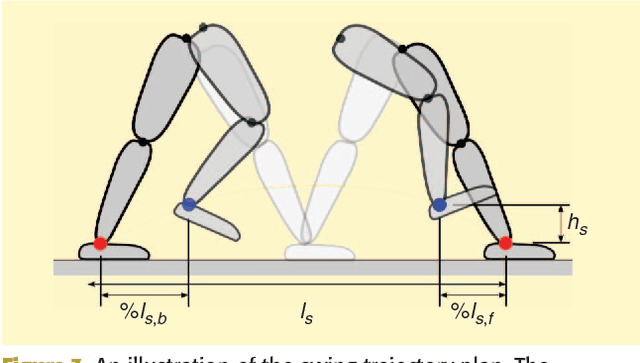Mark Daniel
Stepping Forward with Exoskeletons: Team IHMC's Design and Approach in the 2016 Cybathlon
Dec 25, 2017



Abstract:Exoskeletons are a promising technology that enables individuals with mobility limitations to walk again. As the 2016 Cybathlon illustrated, however, the community has a considerable way to go before exoskeletons have the necessary capabilities to be incorporated into daily life. While most exoskeletons power only hip and knee flexion, Team Institute for Human and Machine Cognition (IHMC) presents a new exoskeleton, Mina v2, which includes a powered ankle dorsi/plantar flexion. As our entry to the 2016 Cybathlon Powered Exoskeleton Competition, Mina v2's performance allowed us to explore the effectiveness of its powered ankle compared to other powered exoskeletons for pilots with paraplegia. We designed our gaits to incorporate powered ankle plantar flexion to help improve mobility, which allowed our pilot to navigate the given Cybathlon tasks quickly, including those that required ascending movements, and reliably achieve average, conservative walking speeds of 1.04 km/h (0.29 m/s). This enabled our team to place second overall in the Powered Exoskeleton Competition in the 2016 Cybathlon.
 Add to Chrome
Add to Chrome Add to Firefox
Add to Firefox Add to Edge
Add to Edge